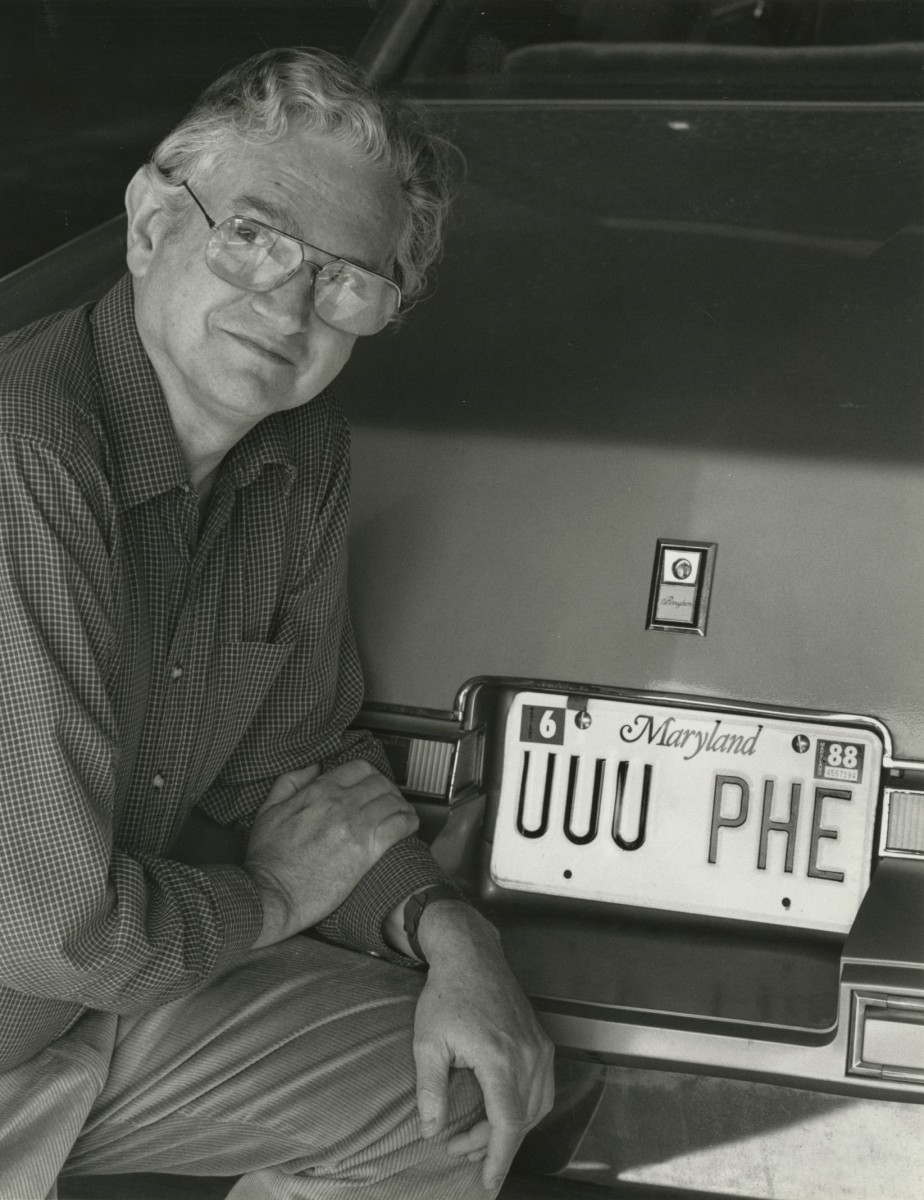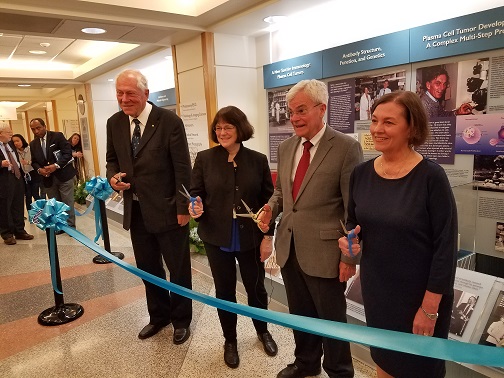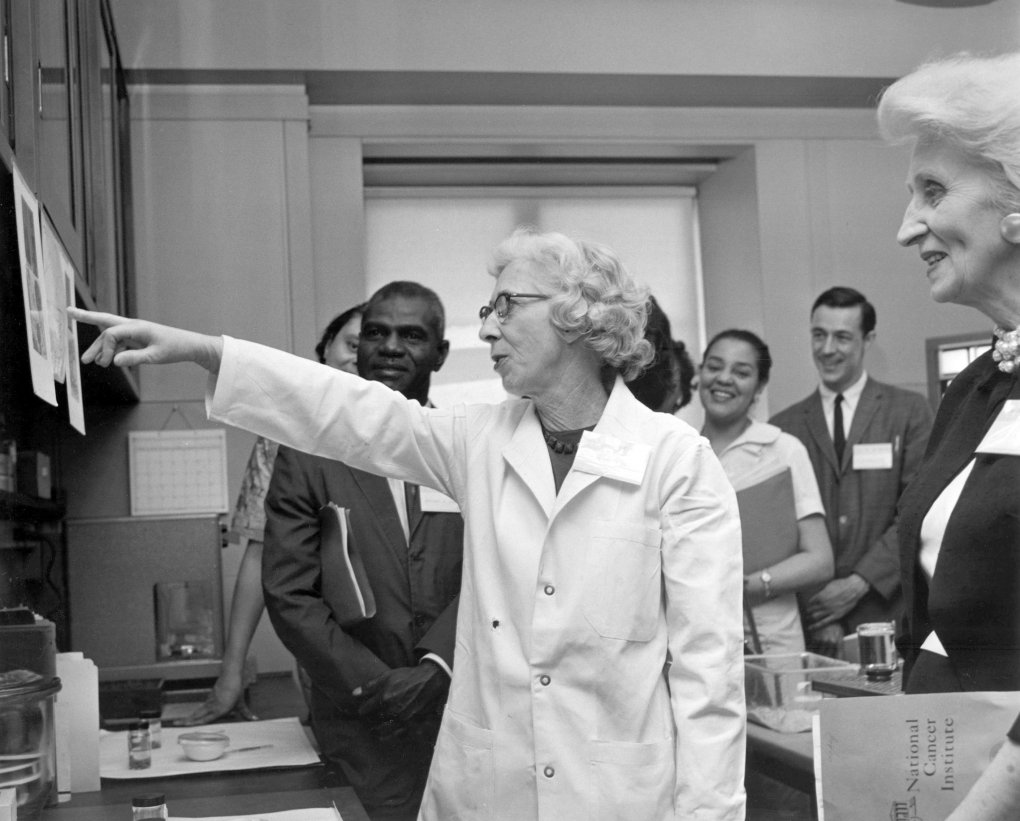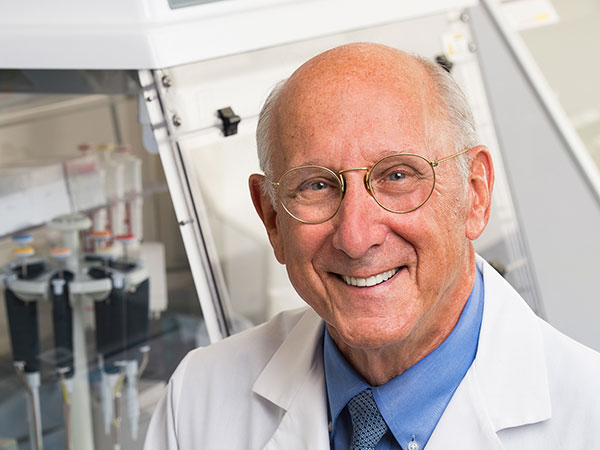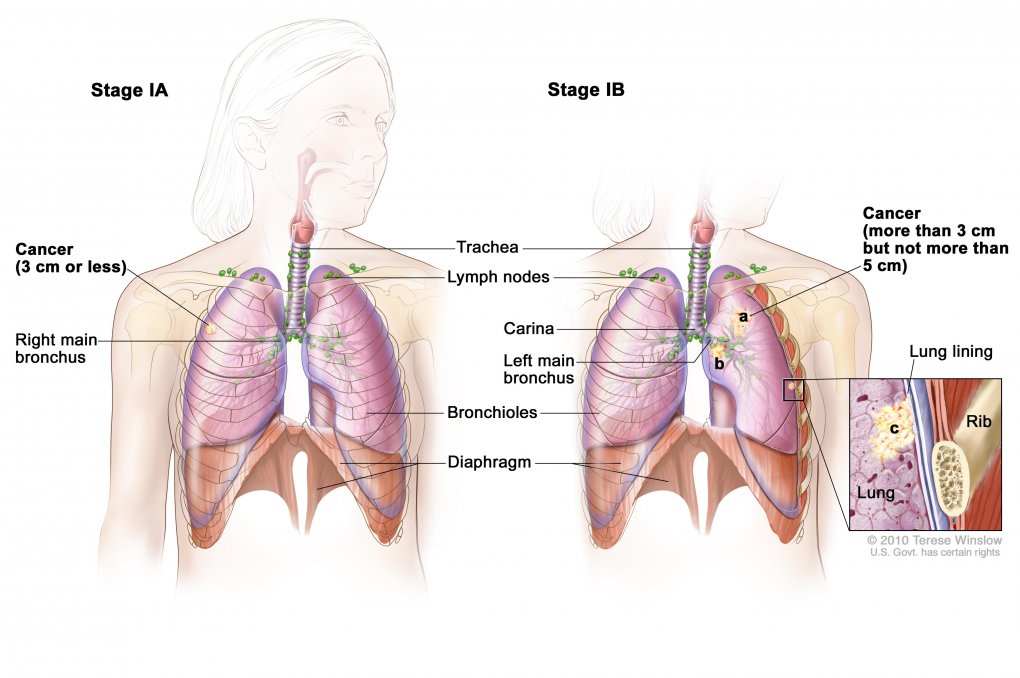Creating Cutting-Edge Cancer Vaccines
IRP Research Identifies a Tantalizing Target for Cancer Immunotherapy
February 4 is World Cancer Day, a time to mark international efforts to prevent, detect, and treat cancer. Immunotherapy, one of the most significant advances in treating cancer, was pioneered here at NIH more than 30 years ago. Today, IRP senior investigator Claudia M. Palena, Ph.D., is pushing cancer immunotherapy forward with the discovery of a novel target for cancer vaccines.




